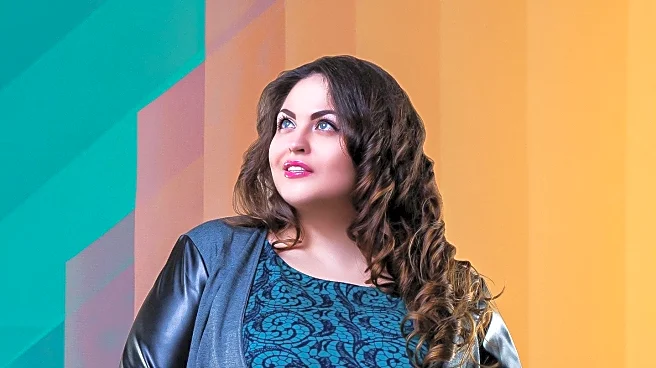What's Happening?
The fashion industry is witnessing a shift as plus-size models challenge traditional runway norms. Despite recent data showing that plus-size models (US 14+) represent only 0.8% of runway appearances, there is a growing movement towards inclusivity. London leads in diversity with 12% plus and mid-size models on runways, while Paris lags behind. Notable figures like Ashley Graham and Paloma Elsesser are pioneering this change, appearing in major campaigns and on magazine covers. The industry is slowly recognizing the business case for inclusion, as consumers demand authenticity and representation.
Why It's Important?
The inclusion of plus-size models in the fashion industry is significant as it reflects broader societal shifts towards body positivity and diversity. This movement challenges the long-standing preference for thinness, offering a more inclusive representation of beauty standards. Brands that embrace this change stand to gain consumer loyalty, particularly from Gen Z and Millennials who value authenticity. The shift also highlights the economic potential of catering to diverse body types, as inclusive brands may see increased sales and market share.
What's Next?
As the demand for diversity grows, more fashion brands are likely to integrate plus-size models into their campaigns and runway shows. This could lead to a reevaluation of industry standards and a push for more inclusive sizing in retail. Designers may face pressure to create collections that cater to a wider range of body types, potentially influencing global fashion trends. The movement may also inspire other industries to adopt similar inclusive practices, further promoting diversity and representation.
Beyond the Headlines
The rise of plus-size models also raises ethical questions about the fashion industry's commitment to diversity. While some brands are making strides, others may be accused of tokenism, using a few models to appear inclusive without making substantial changes. This development could lead to increased scrutiny and calls for genuine representation across all aspects of the industry. Additionally, the movement may influence cultural perceptions of beauty, encouraging a broader acceptance of different body types.

